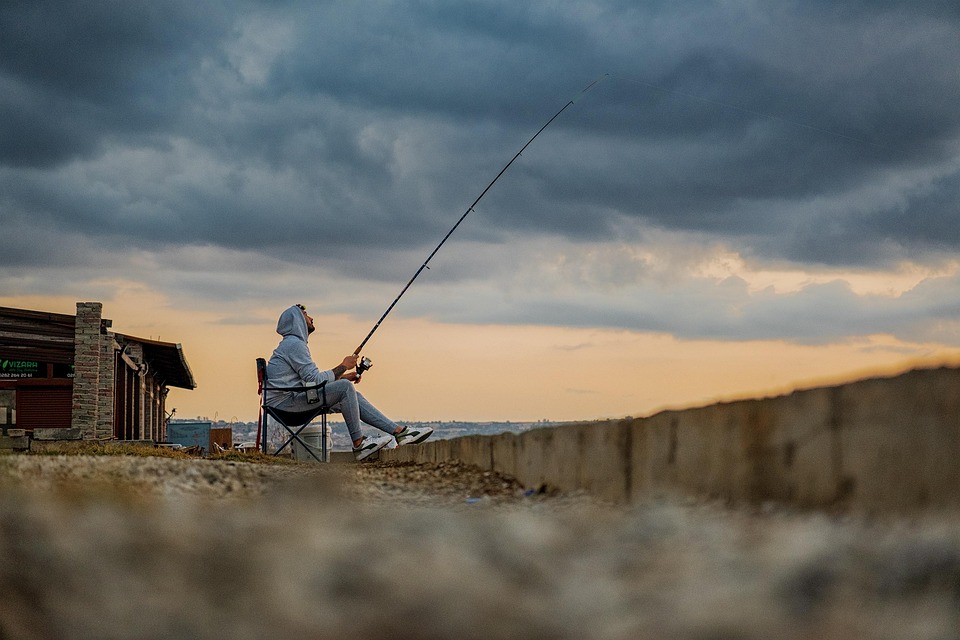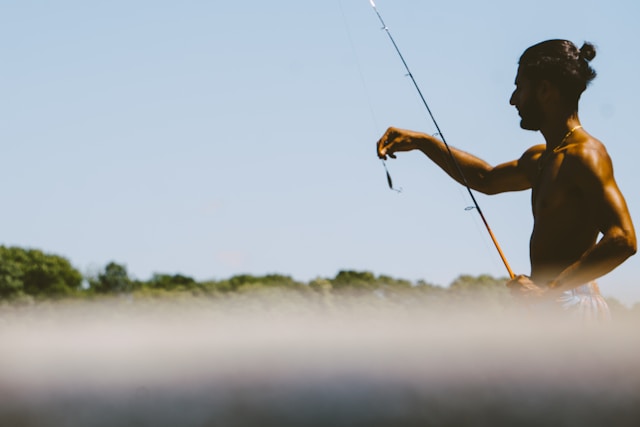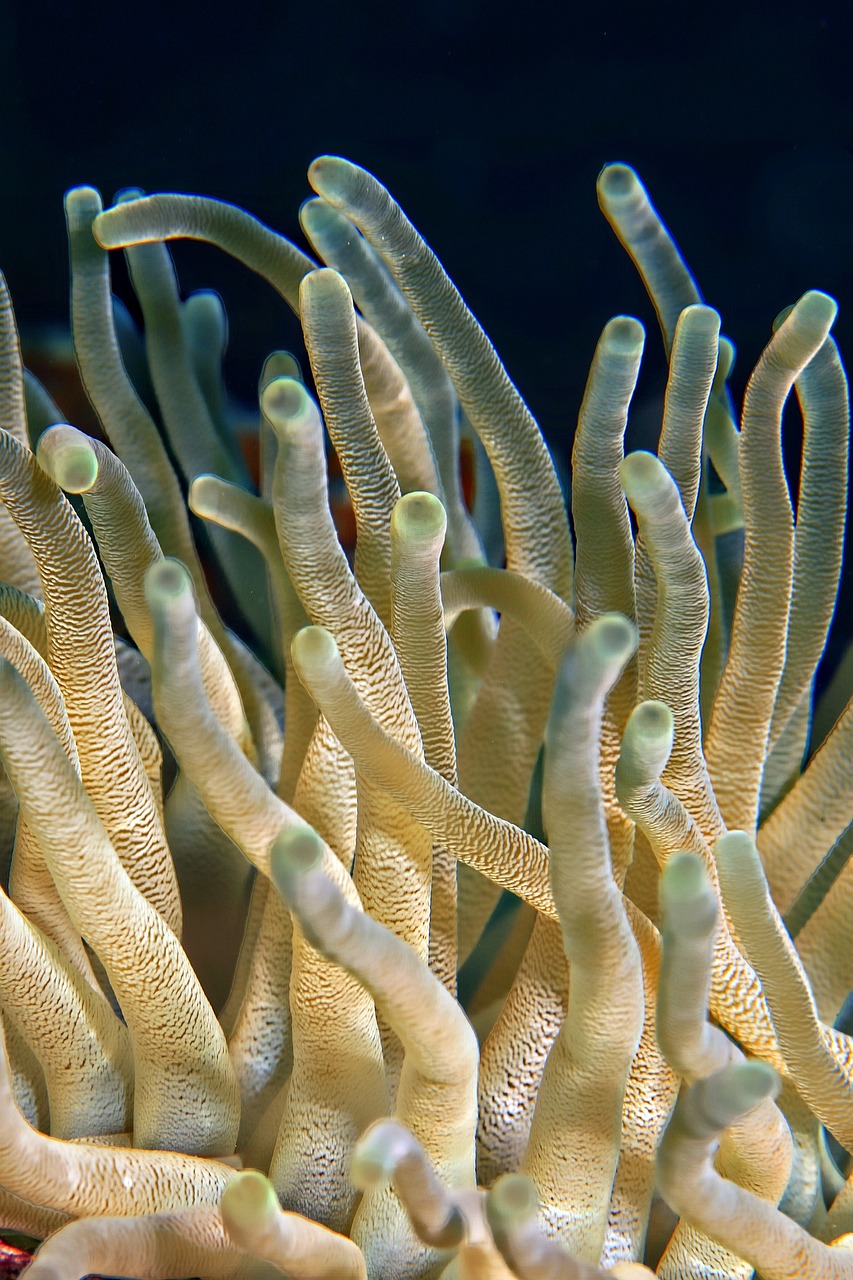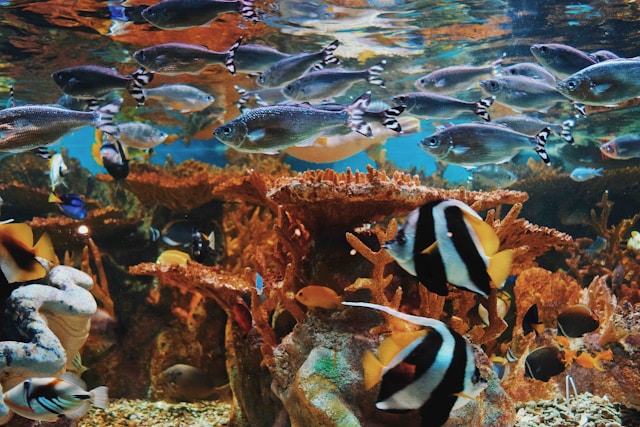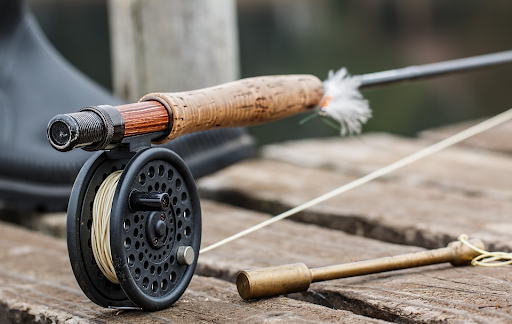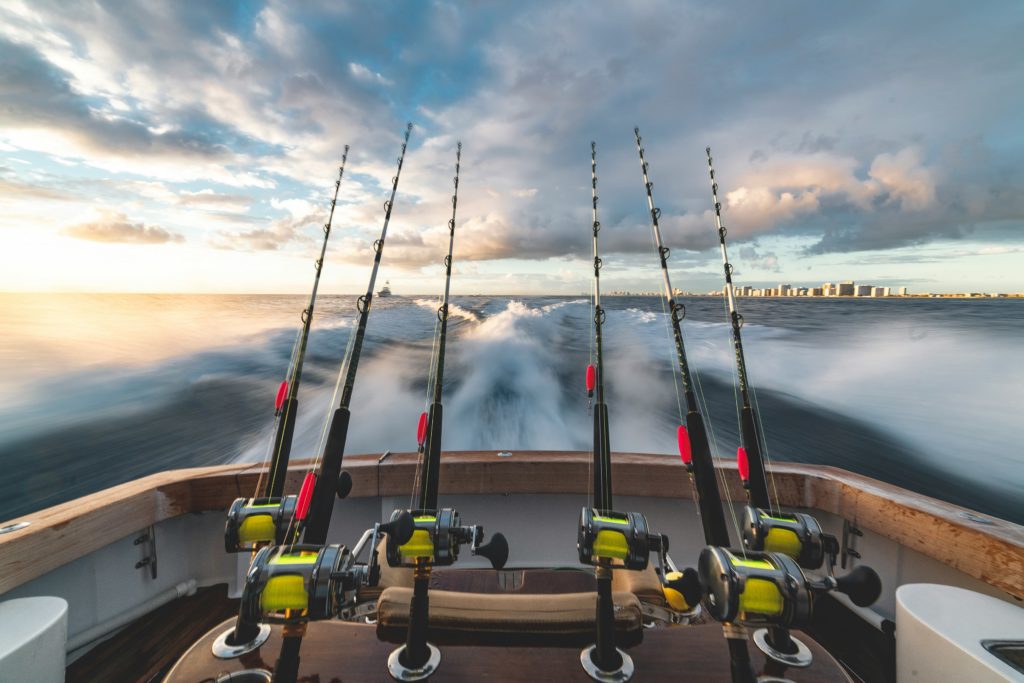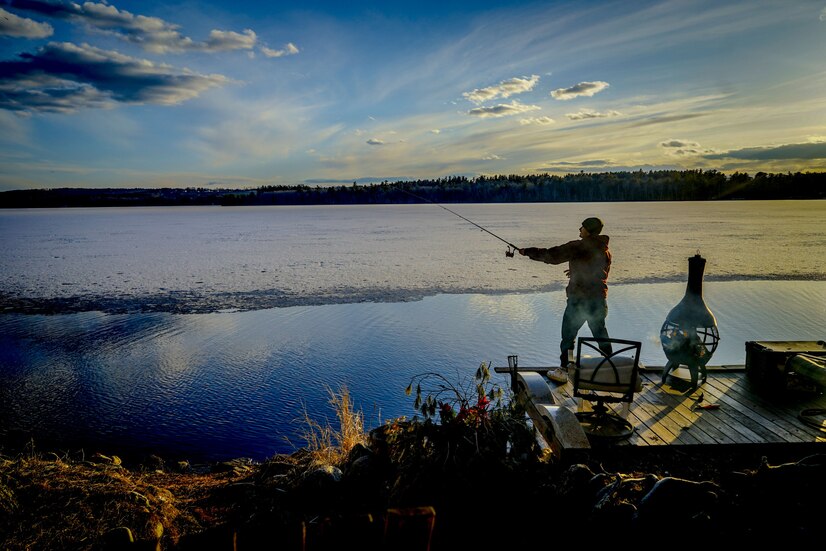Planning a fishing holiday in the UK? Whether you’re chasing carp in the Cotswolds, casting for trout in the Scottish Highlands, or exploring hidden angling gems across the country, having a rental car gives you the freedom to reach the best spots at your own pace.
In this guide, we’ll walk you through how to rent a car in the UK as a visitor, including requirements, rental options, and essential tips—plus a must-know step if you hold a UK driving licence.
Why Rent a Car for Your Fishing Trip?
The UK is home to thousands of lakes, rivers, and coastal fishing spots. But many of the most scenic and productive locations are in rural or remote areas where public transport is limited. A rental car gives you:
- Direct access to fisheries, reservoirs, and riverbanks
- Freedom to explore multiple regions during your stay
- Room to transport rods, tackle boxes, and waders
Whether you’re flying into London, Manchester, Edinburgh, or Bristol, renting a car at the airport means you can hit the road—and the water—right away.
Car Rental Companies in the UK
You’ll find plenty of well-known international and UK-based car rental agencies at all major airports and in most large towns and cities. Popular options include:
- Enterprise Rent-A-Car
- Hertz
- Avis
- Sixt
- Europcar
- Budget
Many of these companies offer online booking in advance, which is advisable during peak fishing seasons (spring through autumn).
Airport and City Pickup
Car hire desks are typically located within airport terminals or nearby, often with free shuttle buses. You can also pick up a car from city centre locations, train stations, or even arrange for delivery to your accommodation in some cases.
What Do You Need to Rent a Car in the UK?
If you’re visiting from abroad, here’s what you’ll usually need:
- A valid driving licence (in English or accompanied by an International Driving Permit if not in English)
- A passport
- A credit card in the driver’s name for the security deposit
- Proof of travel itinerary or return ticket (sometimes requested)
Most companies require drivers to be at least 21 years old, and there may be a young driver surcharge for those under 25.
Insurance
Basic insurance is typically included, but you may want to upgrade for additional coverage (collision damage waiver, theft protection, etc.).
For UK Licence Holders: Don’t Forget Your DVLA Check Code
If you hold a UK (DVLA-issued) driving licence, even if you live abroad or are returning home for a fishing trip, you will need to provide a DVLA driving licence check code to the car rental company. This allows them to verify your driving history and ensure you have no disqualifications or endorsements.
Generating this DVLA check code is quick and easy using the Driver Codes app, available for iOS and Android. The app lets you create and share your code in seconds—ideal for hassle-free car hire.
Driving Tips for Visitors
- Drive on the left-hand side of the road in the UK.
- Speed limits are in miles per hour (mph): 30 mph in towns, 60 mph on country roads, and 70 mph on motorways unless otherwise signed.
- Parking regulations vary by area; check signs and local apps.
- Fuel is sold by the litre, and petrol stations are widely available.
Final Thoughts
Hiring a car is one of the best ways to unlock the full potential of a UK fishing trip. From secluded lochs in Scotland to coastal bass fishing in Cornwall, having your own transport ensures you’re never far from your next catch.
Whether you’re a visiting angler from abroad or a UK licence holder planning to rent, be sure to prepare ahead—and if you’re using a DVLA licence, generate your DVLA check code easily at Driver Codes.
Tight lines and safe travels!
